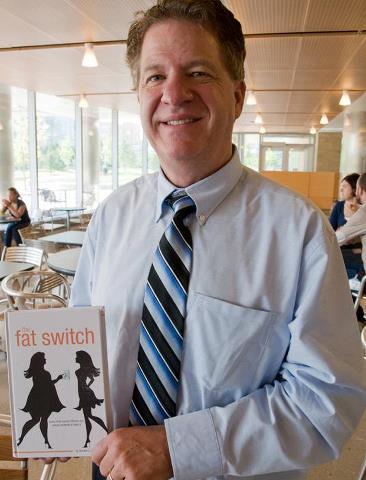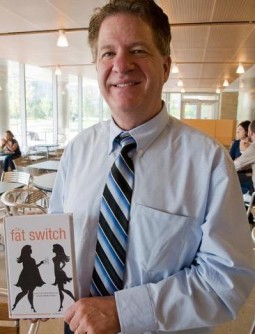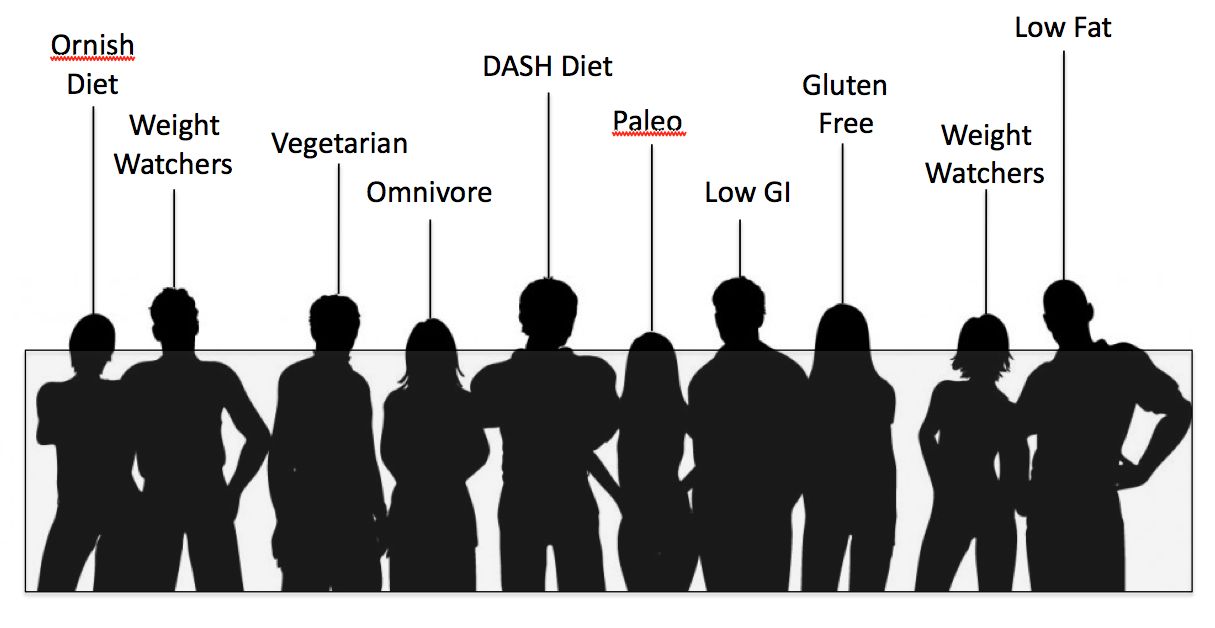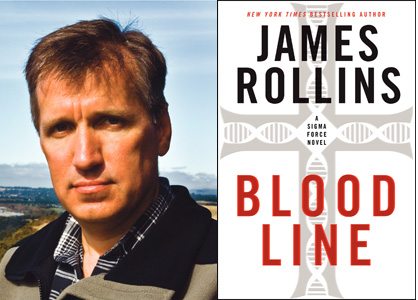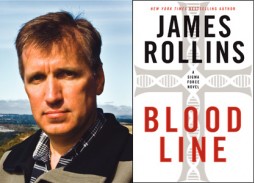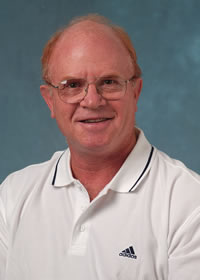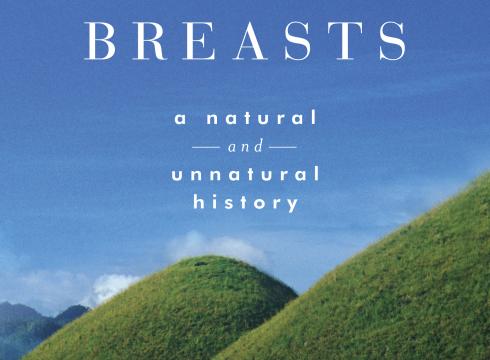 We bring you a look back on the world of science, from our colleagues with a pulse on the world-wide science news of the year, the producers at BBC Science in Action.
We bring you a look back on the world of science, from our colleagues with a pulse on the world-wide science news of the year, the producers at BBC Science in Action.
Author: Shelley Schlender
The Fat Switch – Richard Johnson MD
- Chemicals that make drinking water cleaner, might increase allergies to food
- Rumors run amok about “historic” Mars Mission press conference
- West Nile Virus, Lyme’s disease, and Dengue fever on the rise
Main feature (6 minutes in): We’re in that time of year when animals hibernate. Before they started their long winter’s nap, they fattened up, so they can make it through the winter. According to CU Health Sciences researcher, Richard Johnson, we humans also evolved to put on weight to make it through leaner times. But for us, it’s not a change of seasons that gets the weight gain started. It’s a specific trigger, called, “Sugar.” Specifically a kind of sugar called fructose, found in honey, fruit juice, corn syrup, and even regular table sugar. In his new book, The Fat Switch, Johnson traces the increasing availability of this fructose sugar among humans and how it has now made people fat, and sick for thousands of years. For instance, you think the pharoahs were all buff, and skinny? Many mummies have lots of skin folds, which means that, as living humans, many were fat. Johnson also talks about kings who loved sugar so much, sometimes they made sugar statues . . . and ate them . . . leading many to be very fat and prone to modern diseases such as diabetes and heart attack and stroke. Now let’s listen in, as How on Earth’s Shelley Schlender talks with Dr. Richard Johnson, about how sugar affects children. They begin with how too much sugar can make a person’s body get stuck, storing the sugar as fat.
Hosts: Joel Parker and Susan Moran
Producer: Shelley Schlender
Engineer: Shelley Schlender
Executive Producer: Jim Pullen
Listen to the show:
Podcast: Play in new window | Download (Duration: 24:47 — 34.0MB)
Subscribe: RSS
The American Gut – What’s in YOUR Gut?
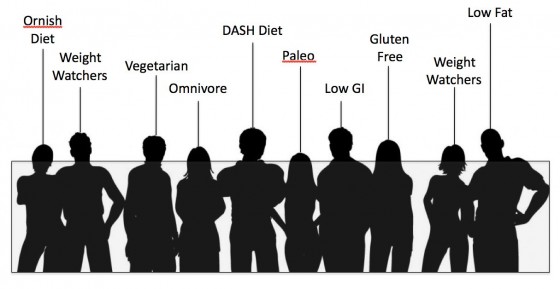
We share three new findings that include contributions from Colorado scientists: 1. Diane McKnight coauthors study about Bacteria that thrive in a frigid hell-hole – the pitch-dark, super-salty, poisonous Lake Vida in Antarctica, 2. William Colgan offers new ways to calculate a glacier’s melting rates, 3. Alicia Karspeck offers a new weather forecast – Cloudy with a Chance of Flu?
(6:00) Then we talk with Jeff Leach, founder of the Human Food Project, which has teamed up with CU researchers who include Rob Knight to create a crowd-sourced, crowd-funded way to learn more about the microbes that live in us and on us. The new project is called The American Gut. The deadline to sign up is January 7th.
Hosts: Jim Pullen and Tom McKinnon
Producer: Shelley Schlender
Engineer: Shelley Schlender
Executive Producer: Jim Pullen
Listen to the show:
Podcast: Play in new window | Download (Duration: 23:01 — 21.1MB)
Subscribe: RSS
Stopping Cancer in its Tracks – Telomerase Receptor Inhibition
 Last month, CU Nobel Prize Winner Tom Cech (Check) and colleagues announced a breakthrough in their quest to stop cancer. It involves an enzyme known as telomerase (tell-AH-mer-aze), which helps cells divide almost endlessly – helpful when a child is growing. In adults, most cells stop responding to telomerase. Instead they save up a limited number of cell divisions timed to last through old age. Cancer cells are different. They are great gobblers of telomerase. That’s where CU discovery comes in. It’s a way to possibly prevent cancer cells from tanking up on telomerase. Cech says that while human trials are years off, the discovery looks promising. For more, here’s How on Earth’s Shelley Schlender, talking with CU Nobel Prize winner, Tom Cech, in an extended version of this interview on cancer:
Last month, CU Nobel Prize Winner Tom Cech (Check) and colleagues announced a breakthrough in their quest to stop cancer. It involves an enzyme known as telomerase (tell-AH-mer-aze), which helps cells divide almost endlessly – helpful when a child is growing. In adults, most cells stop responding to telomerase. Instead they save up a limited number of cell divisions timed to last through old age. Cancer cells are different. They are great gobblers of telomerase. That’s where CU discovery comes in. It’s a way to possibly prevent cancer cells from tanking up on telomerase. Cech says that while human trials are years off, the discovery looks promising. For more, here’s How on Earth’s Shelley Schlender, talking with CU Nobel Prize winner, Tom Cech, in an extended version of this interview on cancer:
Podcast: Play in new window | Download (Duration: 12:03 — 9.7MB)
Subscribe: RSS
Boulder Nobel Science Winner//Searching for Sister Earth
 We talk with Travis Metcalfe, of Boulder’s Space Science Institute, where he is searching for Sister Earth and also part of the Blue Dot Project. As for why, the past two decades have witnessed accelerating progress on one of the most fundamental questions in astronomy: Are we alone in the Universe? Astronomers have already discovered hundreds of planets around distant stars. Some of them are nearly as small as the Earth, and orbit in the “Goldilocks zone” of their parent star where liquid water can exist.
We talk with Travis Metcalfe, of Boulder’s Space Science Institute, where he is searching for Sister Earth and also part of the Blue Dot Project. As for why, the past two decades have witnessed accelerating progress on one of the most fundamental questions in astronomy: Are we alone in the Universe? Astronomers have already discovered hundreds of planets around distant stars. Some of them are nearly as small as the Earth, and orbit in the “Goldilocks zone” of their parent star where liquid water can exist.
 We congratulate Boulder’s David J. Wineland for winning the 2012 Nobel Prize in physics. Wineland, a physicist at the National Institute of Standards and Technology and CU-Boulder, shares the prize with and Serge Haroche of France. They are credited with making breakthroughs in quantum physics by showing how to observe individual quantum particles without destroying them. These, in turn, are the first steps toward building superfast computers based on quantum physics.
We congratulate Boulder’s David J. Wineland for winning the 2012 Nobel Prize in physics. Wineland, a physicist at the National Institute of Standards and Technology and CU-Boulder, shares the prize with and Serge Haroche of France. They are credited with making breakthroughs in quantum physics by showing how to observe individual quantum particles without destroying them. These, in turn, are the first steps toward building superfast computers based on quantum physics.
Hosts: Joel Parker, Beth Bartel
Producer: Shelley Schlender
Engineer: Jim Pullen
Executive Producer: Jim Pullen
Podcast: Play in new window | Download (Duration: 24:17 — 33.4MB)
Subscribe: RSS
Higgs-Boson: What is all the excitement about?

We’ll talk about the World of a tiny particle called the Higgs-Boson, with CU Physicist Uriel Nauenberg. Nauenberg also speaks tonight at the Boulder Cafe Scientifique.
Hosts: Joel Parker and Ted Burnham
Producer: Shelley Schlender
Engineer: Jim Pullen
Executive Producer: Susan Moran
Podcast: Play in new window | Download (Duration: 23:49 — 32.7MB)
Subscribe: RSS
Immortality – Science vs Sci Fi
We talk with CU-Boulder’s Tom Johnson and NYT Bestselling author, James Rollins about Rollins’ new book, Bloodline. We also look at immortality, longevity, and aging, comparing the science and the sci fi. And we offer extended versions of the interviews with James Rollins and Tom Johnson.
Hosts: Joel Parker and Beth Bartel
Producer: Shelley Schlender
Engineer: Shelley Schlender
Additional contributions: Jim Pullen
Executive Producer: Susan Moran

Podcast: Play in new window | Download (Duration: 23:54 — 21.9MB)
Subscribe: RSS
James Rollins – Bloodline (SciFi book about immortality)
This is an extended version of the radio broadcast of the interview with James Rollins about his new book, Bloodline. In it, we look at the issues of science versus fiction, and technologies that might lead to life extension through robotics, artificial intelligence, and triple-stranded DNA . . . IF the good guys don’t defeat the bad guys who want to use these technologies for evil purposes.
Podcast: Play in new window | Download (Duration: 17:45 — 16.3MB)
Subscribe: RSS
Tom Johnson – Extended Version
This is an extended version of the broadcast interview with CU-Boulder’s Tom Johnson. In this interview, Johnson talks about his pioneering work discovering the first “longevity gene” known as AGE-1. He explains the various functions of this remarkable gene and others like it, and he reviews the science . . . and the fiction . . . of sci fi books such as James Rollins new high-octane thriller, Bloodline.
Podcast: Play in new window | Download (Duration: 31:19 — 43.0MB)
Subscribe: RSS
Breasts: A Natural and Unnatural History
In this special summer pledge drive show, the How On Earth science team shares reasons why they volunteer to bring you science. And we share a conversation with Florence Williams, a local author and scientist who has an extensive history of breast and uterine cancer in her family. She decided to do research into the topics of breasts, and discovered all kinds of surprises – such as the poor track record of detection through mammograms, and the amount of research into whether breasts evolved as eye candy for men, or as ways to help babies survive. And why, if women eat nothing but organic food, do they still have lots of toxins in their breast tissue . . . and breast milk?
Hosts: Tom McKinnon and Chip Grandits
Producer: Shelley Schlender
Engineer: Shelley Schlender
Additional contributions: Beth Bartel, Breanna Draxler, Ted Burnham, Maeve Conran, Susan Moran, Jim Pullen
Executive Producer: Joel Parker
Podcast: Play in new window | Download (Duration: 23:23 — 21.4MB)
Subscribe: RSS



